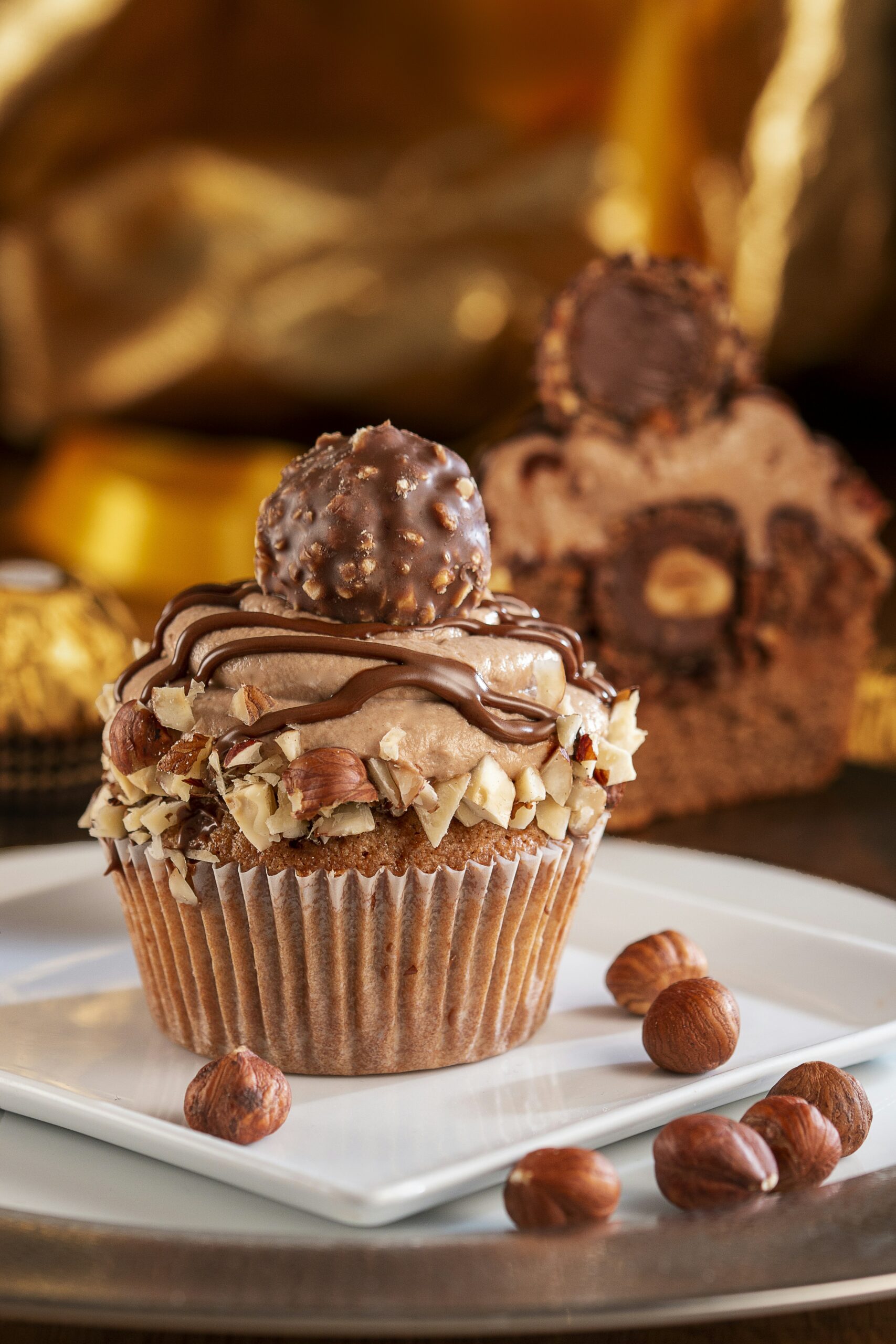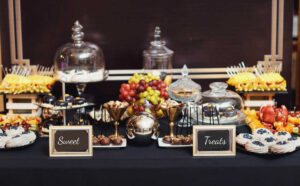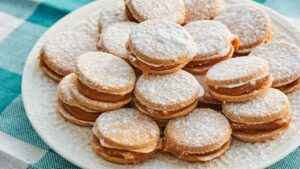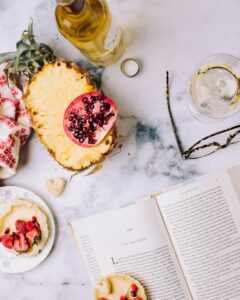Introduction
Cake decorating is a delightful blend of artistry and culinary skill, transforming ordinary cakes into edible masterpieces. In this article, we’ll explore a variety of creative cake decorating ideas that will inspire you to unleash your creativity and turn your cakes into works of art.
Importance of Creative Cake Decorating
Enhancing the visual appeal of cakes
Creative cake decorating plays a crucial role in enhancing the visual appeal of cakes, transforming them from simple desserts into works of edible art. Whether it’s a birthday celebration, wedding reception, or any other special occasion, the presentation of a cake can set the tone for the entire event. Intricate designs, vibrant colors, and imaginative decorations can captivate the eyes and stimulate the appetite, making the cake the focal point of admiration and delight. From delicate piping and intricate fondant work to stunning floral arrangements and sculpted figurines, creative cake decorating techniques allow bakers to showcase their artistic talents and create cakes that are as beautiful to look at as they are delicious to eat.
Personalizing cakes for special occasions
Creative cake decorating offers a unique opportunity to personalize cakes for special occasions, adding a personal touch that reflects the recipient’s preferences, interests, and personality. Whether it’s a child’s favorite cartoon character, a couple’s shared hobbies, or a milestone achievement, custom decorations can convey heartfelt sentiments and make the celebration even more memorable. From elaborate themed cakes to simple yet elegant designs, the possibilities for customization are endless, allowing bakers to tailor each cake to suit the occasion and the individual tastes of the recipient. By incorporating meaningful elements and thoughtful details into the cake design, creative decorators can turn ordinary cakes into cherished keepsakes that are cherished and remembered for years to come.
Elevating baking from a hobby to an art form
Creative cake decorating elevates baking from a simple hobby to a true art form, allowing bakers to express their creativity and imagination in edible form. Just as painters use brushes and canvas to create masterpieces, cake decorators use frosting, fondant, and edible embellishments to bring their visions to life. With meticulous attention to detail, skilled decorators can turn a plain cake into a stunning masterpiece, showcasing their talent and craftsmanship for all to admire. From intricate sugar flowers and delicate lace patterns to gravity-defying sculptures and gravity-defying designs, creative cake decorating pushes the boundaries of what is possible, inspiring awe and admiration in both bakers and observers alike. By transforming cakes into edible works of art, creative decorators add beauty, joy, and wonder to any occasion, making every slice a feast for the senses.
Essential Tools and Materials
Cake decorating tools
Cake decorating tools are essential for bringing creative cake designs to life. Piping bags and tips allow decorators to create intricate patterns, borders, and writing with precision and control. Spatulas are used for smoothing frosting and applying fillings, while turntables provide a rotating surface for easy access to all sides of the cake. These tools are indispensable for achieving smooth, professional-looking finishes and intricate details on cakes of all shapes and sizes.
Edible decorations
Edible decorations add flair and personality to cakes, transforming them into eye-catching masterpieces. Fondant and gum paste are versatile mediums that can be rolled, molded, and shaped into intricate designs, including flowers, figurines, and geometric patterns. Edible glitter and food coloring allow decorators to add vibrant colors and shimmering accents to their creations, while still ensuring they are safe for consumption. With a wide range of edible decorations available, decorators can let their imagination run wild and create cakes that are as beautiful as they are delicious.

Additional supplies
In addition to basic tools and decorations, cake decorators often rely on additional supplies to enhance their designs and streamline the decorating process. Stencils are used to create uniform patterns and designs on cakes, while cutters and molds provide consistent shapes for decorations such as flowers, leaves, and letters. Edible markers are handy for adding fine details and writing messages directly onto cakes, giving decorators more flexibility and control over their designs. With the right combination of tools and materials, decorators can bring their cake decorating visions to life with ease and precision.
Basic Cake Decorating Techniques
Frosting basics: Smooth, textured, and piped frosting techniques
Frosting is a fundamental aspect of cake decorating, and mastering different frosting techniques can greatly enhance the appearance and texture of a cake. Smooth frosting creates a sleek and polished finish, achieved by applying a thin layer of frosting and using a spatula to evenly spread it over the cake. Textured frosting techniques, such as swirls, waves, or peaks, add visual interest and dimension to the cake’s surface, providing a rustic or whimsical touch. Piped frosting designs involve using a piping bag and various tips to create intricate patterns, borders, and even lettering, allowing decorators to personalize cakes with precision and creativity.
Fondant application: Rolling, covering, and sculpting with fondant
Fondant is a versatile medium that can be used to cover cakes with a smooth, flawless finish or to create intricate decorations and figurines. Rolling fondant into a thin, even sheet and carefully draping it over the cake allows decorators to achieve a seamless and polished look, ideal for elegant and professional cake designs. Fondant can also be sculpted and molded into various shapes and figures, giving decorators the freedom to create custom decorations and embellishments that add personality and charm to their cakes.
Piping designs: Borders, flowers, leaves, and intricate patterns
Piping designs with frosting is a classic cake decorating technique that allows decorators to add intricate details and embellishments to their cakes. Borders are commonly piped along the edges of cakes to create a clean and finished appearance, with options ranging from simple lines to elaborate scallops or shells. Piped flowers and leaves can be used to adorn cakes with delicate and lifelike decorations, adding beauty and elegance to any design. Additionally, decorators can use piping techniques to create intricate patterns, such as lattice, basket weave, or lace designs, providing endless possibilities for creativity and customization.
FAQs
Conclusion
With these creative cake decorating ideas, you can elevate your baking game and impress your friends and family with stunning cakes for any occasion. So why not pick up your piping bag, grab your fondant tools, and let your imagination run wild? With a little practice and a lot of creativity, you can turn ordinary cakes into edible works of art that will delight and amaze everyone who sees them.



